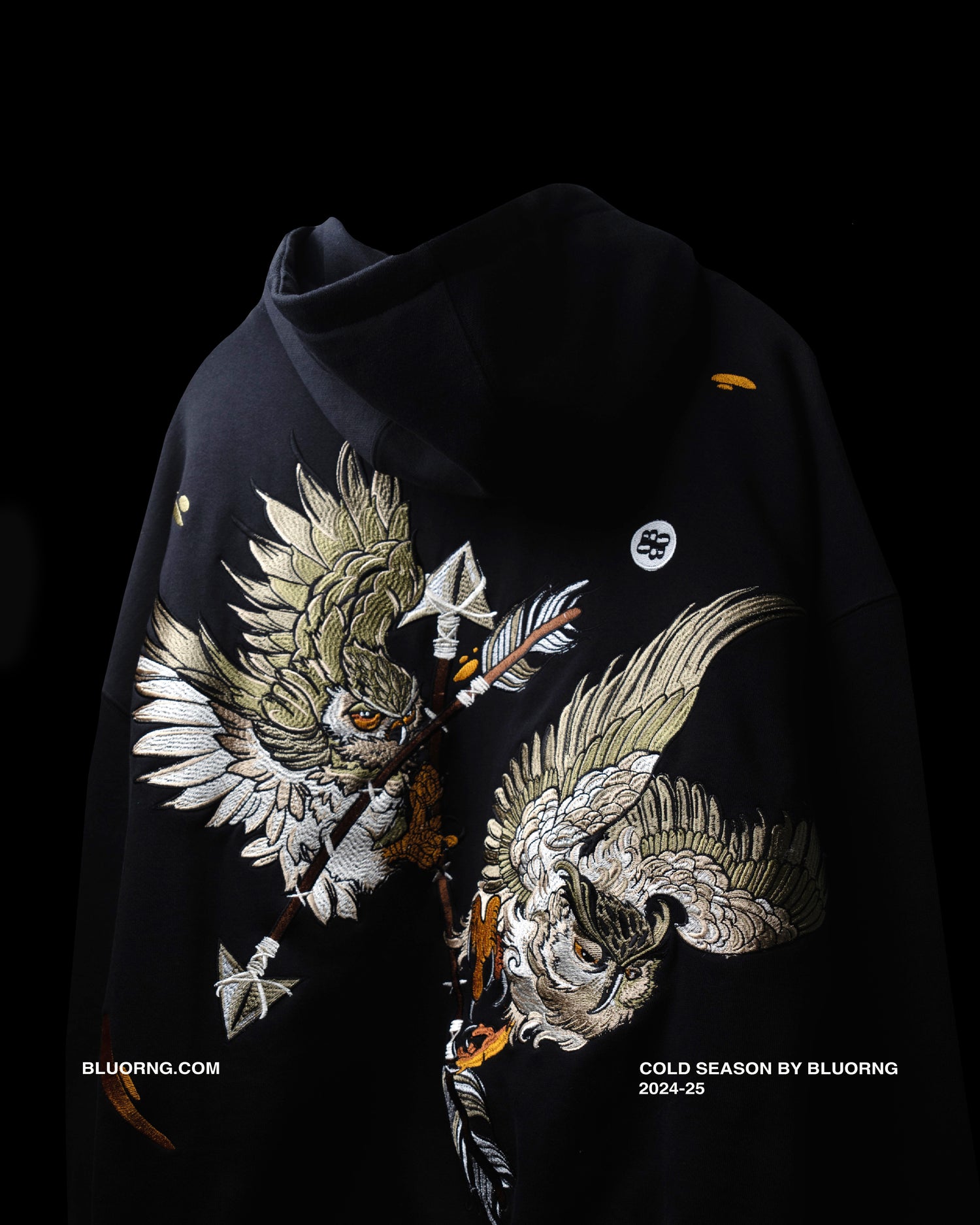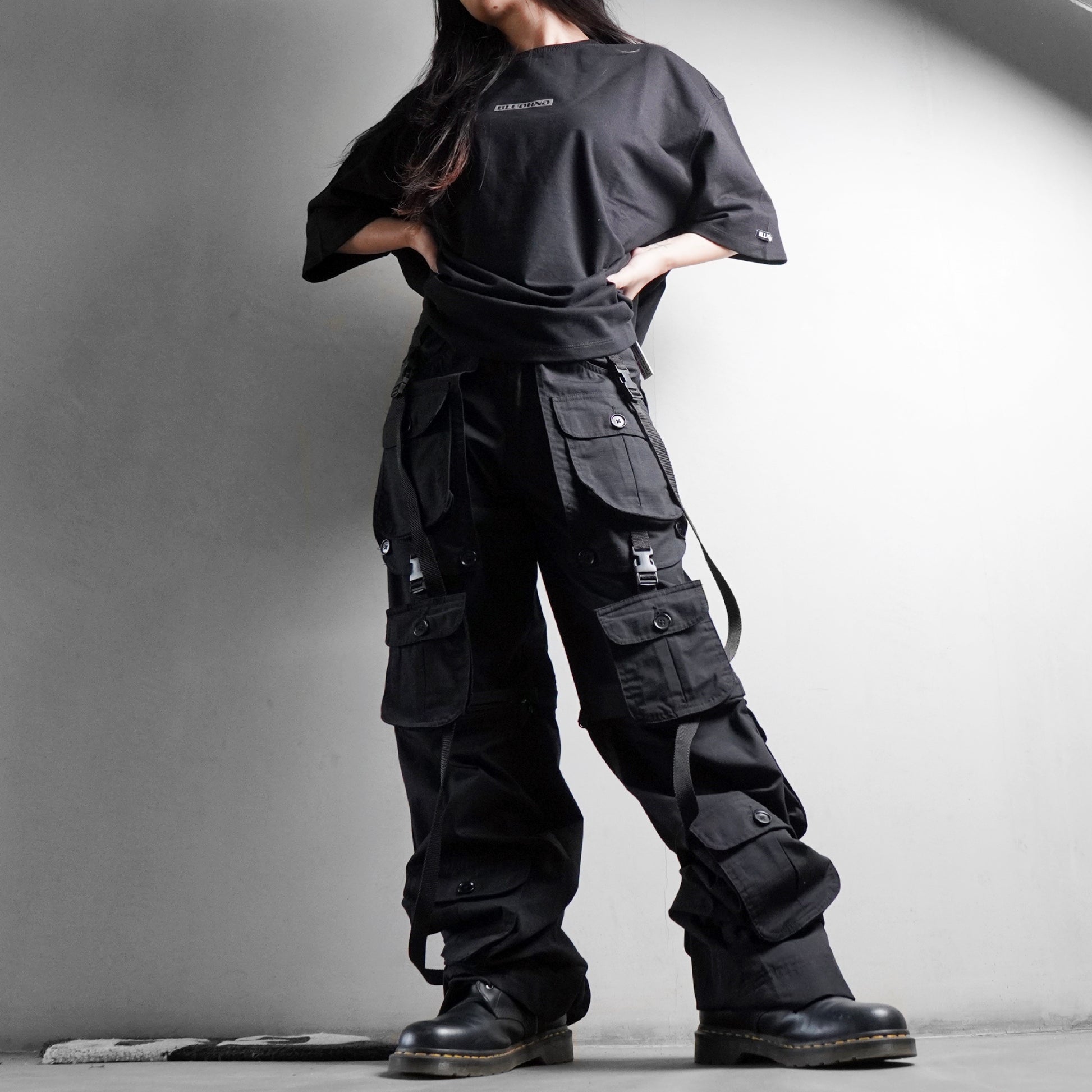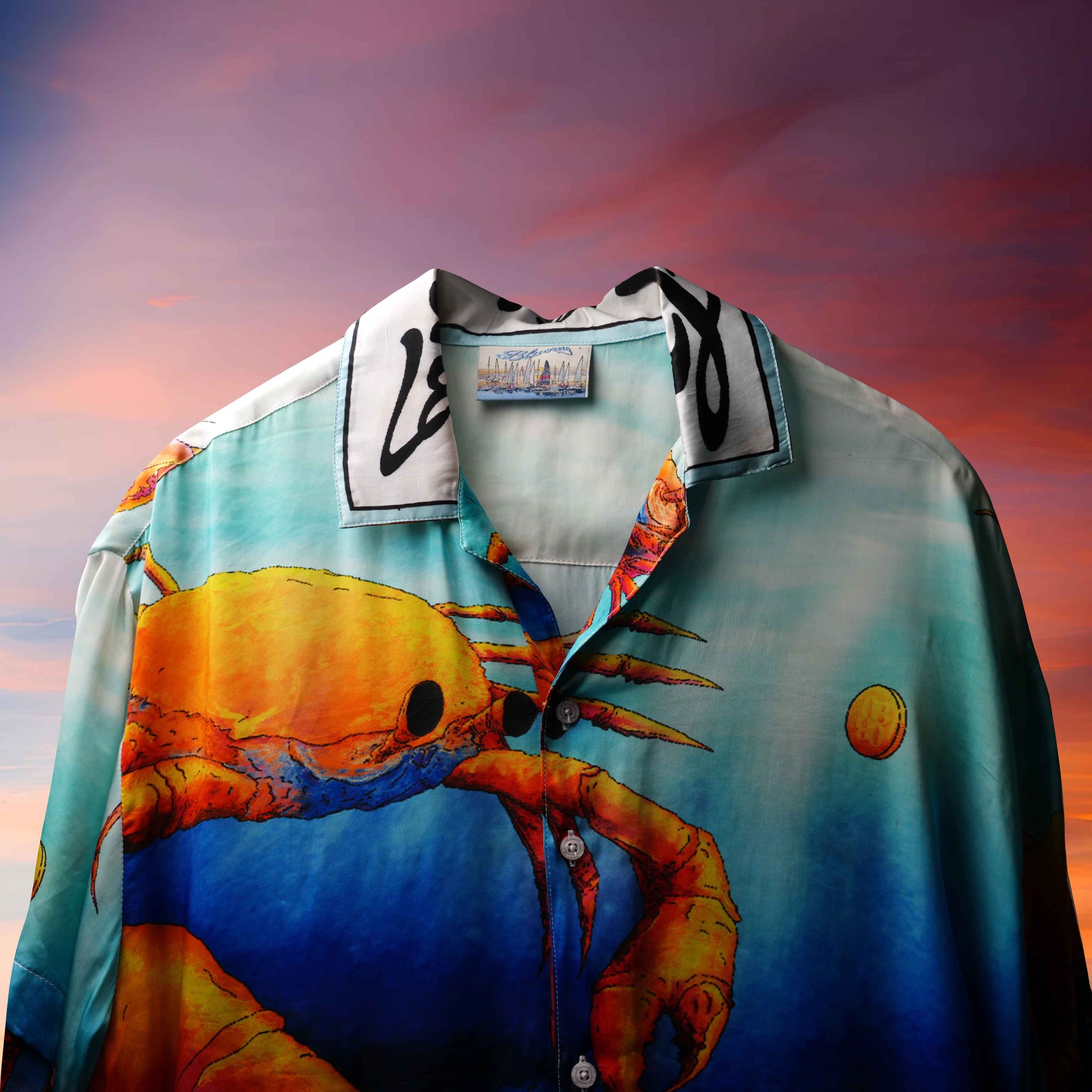Without beating around the bush, it must be accepted that we also love a bargain. It feels like victory when one enters a store and takes a nice top at the cost of an expensive cup of coffee. That is what is so attractive about fast fashion, our wardrobes are always ahead of the time without wearing out our wallets. But have you ever considered what the price of that 15 dollar dress is calculationally? You do not mean your personal budget, but are talking about the budget of the planet.
Living in a world of where new clothes styles fall off the shelves every week, we have made progress to a way of thinking of wearing, keeping clothing for one day and disposing of it.However, there is also an emerging discourse of reversing gears, leaving this disposable culture and turning towards high-end fashion--clothing that is not fashionable but finest, that which is created to last longer than a given season. This paper will lead you to the wonderful world of this important debate so that you can make your choice regarding where to invest your money and, what is more important, values.
What is Fast Fashion?
Just imagine fashion trends travelling at the speed of light. In a nutshell, that is fast fashion. It is a business model based on the quick design of low-cost clothes, production, distribution, and marketing of high quantities.
The entire concept is to make regular, unthought-out buying to be always in-fashion. It is addictive, it is available, and, honestly speaking, it is overwhelming. The issue is that this fast lightning-cycle technique is based on low-price materials, low-quality workmanship, and in many cases, dubious labour procedures, with the cost to the environment and ethical costs being simply amusing.
Shop The Look!
|
|
|
|
|
|
|
|
|
What is Premium Fashion?
Fast fashion is that of a quick sprint, whereas a premium fashion is a lengthy marathon. It is the category that is concerned more with quality rather than quantity where attention is given to high quality materials and careful crafts and classicism. Contrary to many people perceiving premium as highly luxurious and pricier than normal, premium does not automatically imply high quality or premium luxury products, but it is more of customer orientation and product longevity.
Consider it as the opposite of disposable clothing. Premium brands have several higher-investment supply chains, tend to employ sustainably sourced or natural, high-quality materials, and emphasize more closely fitting and classic designs that are not bound to the current fads. These are the clothes that you purchase and then love, mend and wear over years- or even decades. By purchasing premium clothing, you are purchasing not only a garment, but also investing in the lifespan of the premium clothing, and a product of more reflective, more environmentally friendly fabrication.
These are the major differences between premium and fast fashion.
To give a clear picture of the basic lack of correlation that lies between these two philosophies, we will dissect the central differences.
|
Feature |
Premium Fashion |
Fast Fashion |
|
Business Model |
Slow, careful production; focus on quality and timelessness. |
Rapid, mass production; focus on speed and volume. |
|
Product Lifespan |
Premium Clothing Longevity: Designed to last years or decades. |
Designed to last a few washes; often quickly discarded. |
|
Materials |
High-grade, durable, often natural (e.g., silk, organic cotton, wool). |
Cheap, synthetic, low-quality (e.g., polyester, conventional cotton). |
|
Environmental Impact |
Generally lower; emphasis on sustainable practices and less waste. |
Extremely high; significant carbon emissions, water pollution, and textile waste. |
|
Price |
Higher upfront cost (an investment). |
Very low upfront cost (a disposable purchase). |
|
Design |
Classic, versatile, and trend-transcendent. |
Trendy, disposable, and quickly outdated. |
Advantages Of High Quality Clothing
In addition to the ethical production zone and reduced waste, the selection of the best items has important personal and practical benefits. Here are the advantages of high-quality clothes that make the investment just well-paid:
Better Durability and Prolonged Life: This one is the huge one. Better fabrics and better construction materials are used in premium items - reinforced sewn seems, high quality stitching, and heavy-duty hardware. They are also resistant to continuous use and washing, which is to say that they just last longer. Otherwise, adding up the prices of the desired item divided by the number of times you wear it (so named: cost-per-wear), that does not make that expensive premium jacket seem any less expensive than a set of fast-fashion replacements.
Greater Style and Fit: Natural fibres such as merino wool or cashmere often have higher quality and are therefore more breathable and comfortable against the skin, in addition to being more stylish. Good brands also invest more into accuracy of tailor and shape of fit which leaves you with a garment that falls better and fits your shape.
Classic Style: When you buy classic clothes rather than trendy items, you are creating the bottom of your wardrobe that you will wear long term. A well-made wool jacket, or an immaculately fitted white shirt, will never fall out of vogue and you will avoid the hassle that comes with staying out of style after every few months.
A Boost of Confidence: This is a form of confidence that goes stirred psychologically somehow inexplicable that one can get when wearing a well-made garment. Your whole mood shifts when you know that your clothes are durable and stylish, and are already put-together, prepared, and prepared to approach the day.
Conclusion
But not only can you vote on your personal budget, the type of world you desire with the preferred/premium and fast fashion, but the former comes at an atrociously bad price long-term at the request of the environment and the manufactures producing the clothes themselves. Premium fashion makes you take your time, make a sensible investment and consider the quality and long life of clothing.








